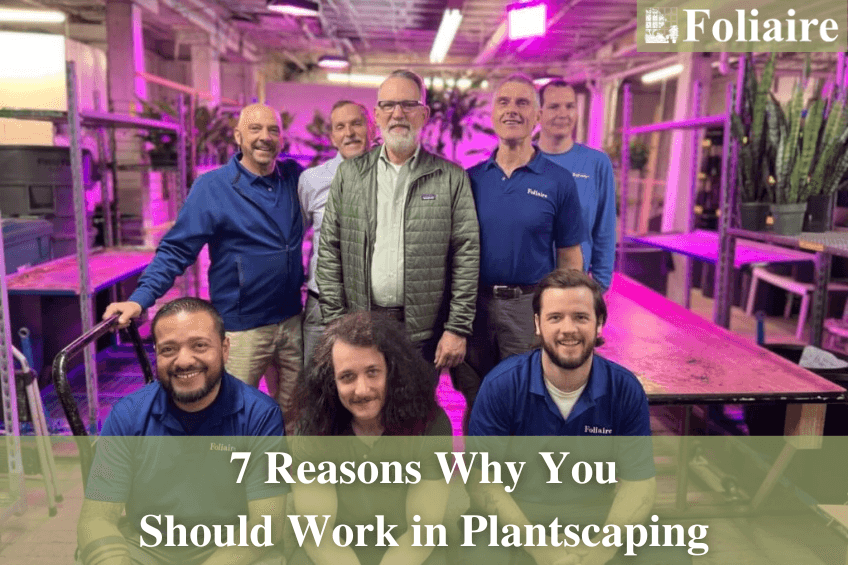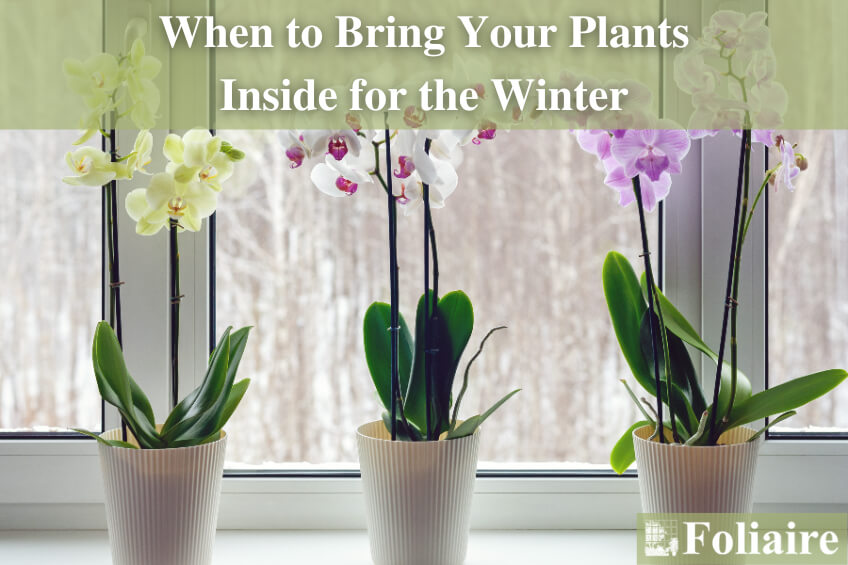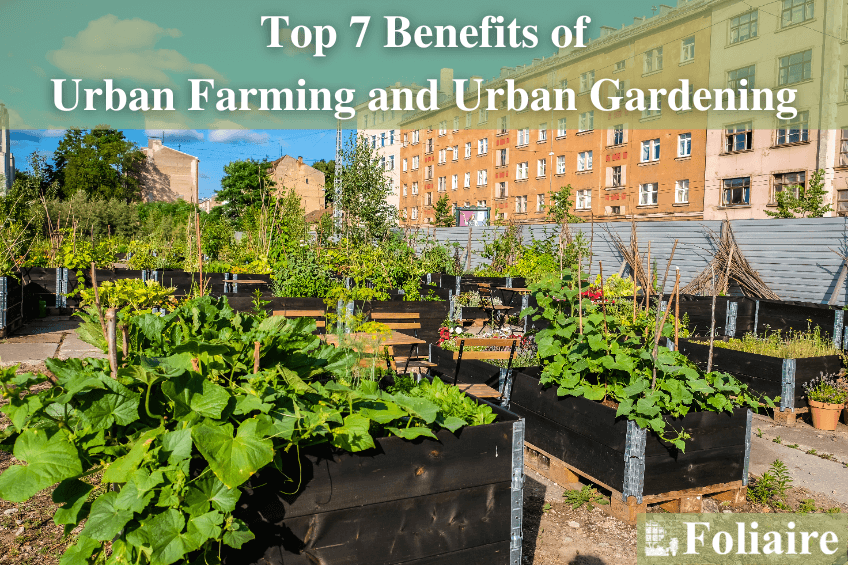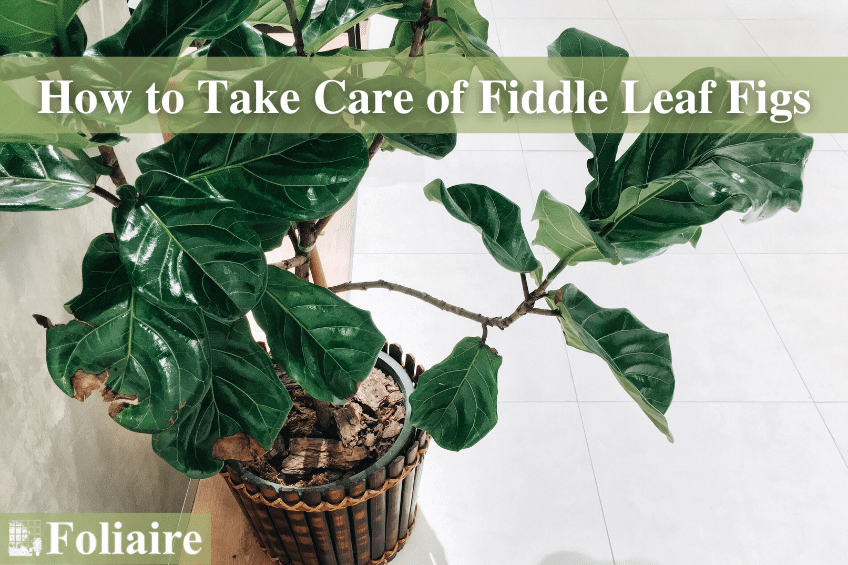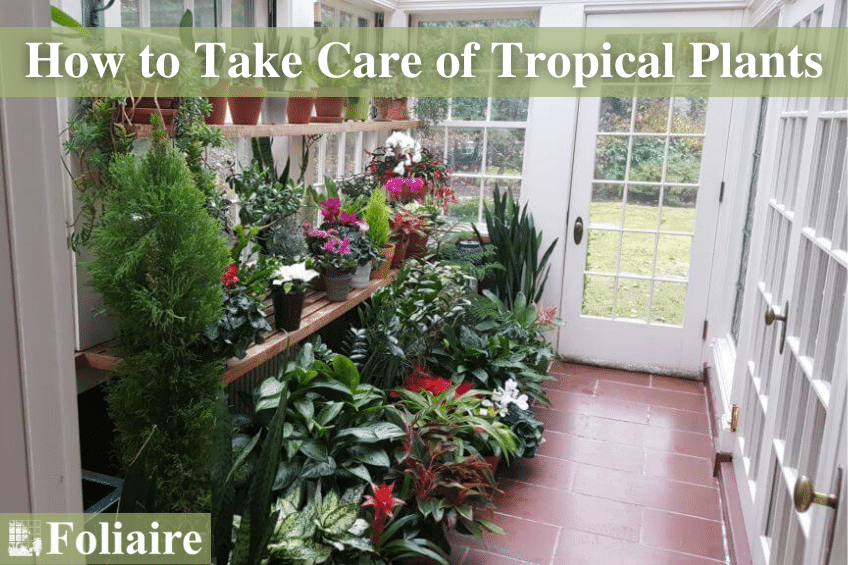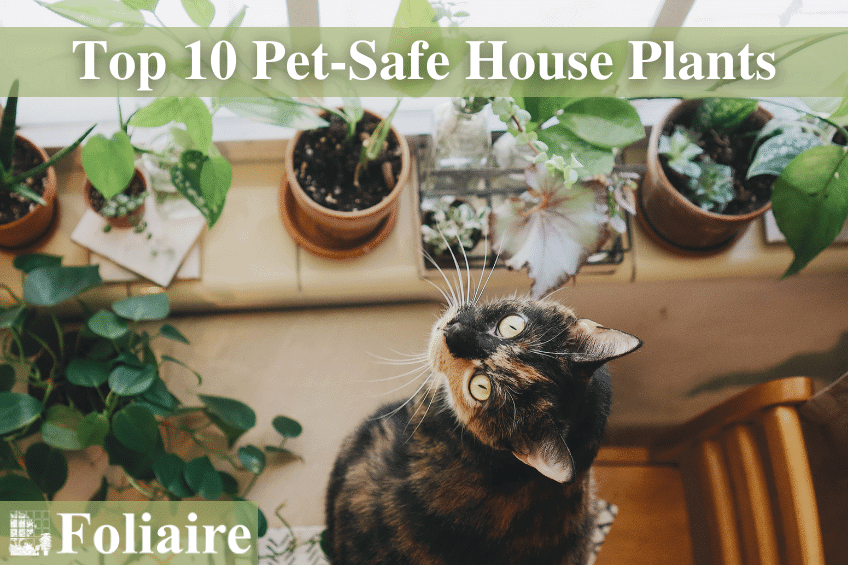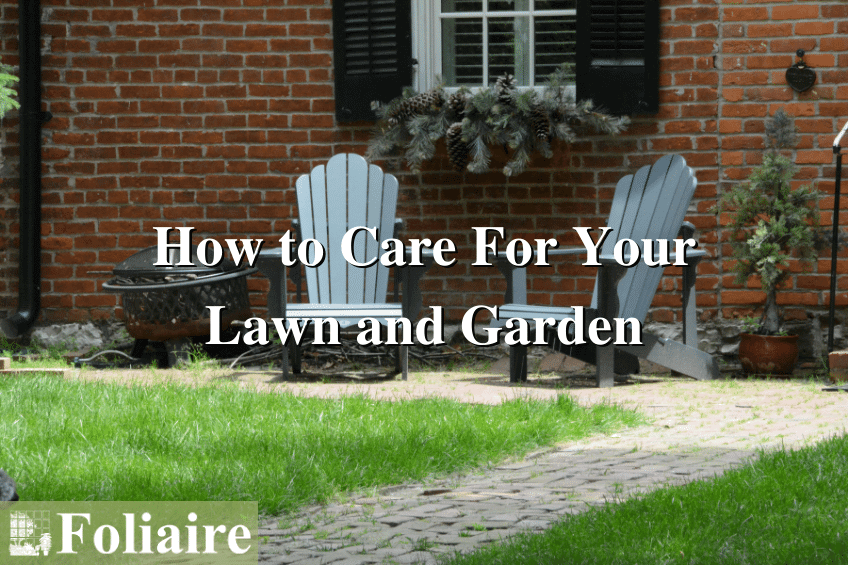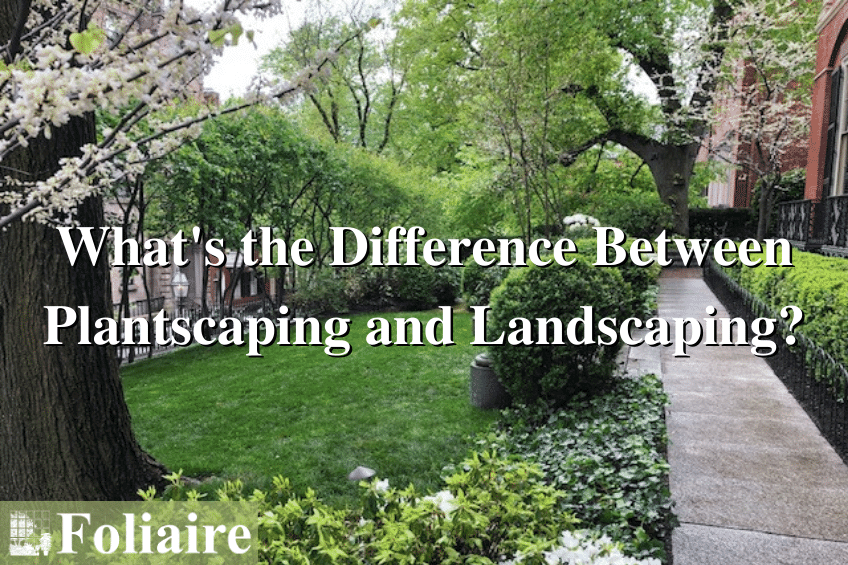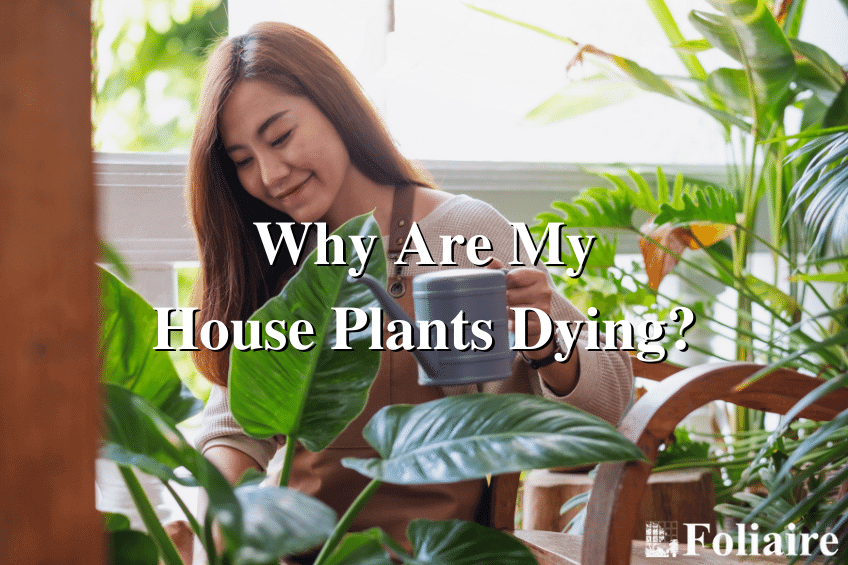7 Reasons Why You Should Work in Plantscaping
Are you looking for a new challenge this year? If so, there’s no better time than the present to apply for a new job or career change. Here at Foliaire, we are excited to welcome individuals to work in plantscaping jobs with us. For over 40 years, we’ve been caring for office plants and building new outdoor landscapes.
Today we’ll discover the seven reasons you should work in plantscaping and the many rewards you’ll receive from working in this industry.
We will cover the following:
1) Feel a Sense of Achievement Every Day
Boston indoor and outdoor landscaping jobs allow you to make a real difference in the lives of our clients. Every day your plantscaping work will take you to a variety of private clients and businesses, all of whom are looking to improve their interior plant health or exterior plant design. Projects may include indoor or outdoor living walls or rooftop gardens. When you finish your work, you’ll see the huge difference you’ve made to their property. Plantscaping offers many health benefits to homeowners and business owners – physical benefits, such as cleaner air, and mental benefits, like being more calm and relaxed. You’ll find that you will play a huge part in improving the lives of others in the local community with each job you work on.
2) Work With Nature
With so many job roles today requiring you to spend endless hours sitting in front of a computer, you’ll find that landscaping jobs allow you to move about and work with your hands and reconnect with the world around us. Working in nature is much less stressful than many other job roles, and you’ll go home each day with a sense of satisfaction after being surrounded by beautiful plants. Whether taking on a project indoors or outdoors, you’ll go home feeling energized and ready to head back to work the next day.
3) Find A Job Role to Suit Your Work Style
You may enjoy working as part of a team, accomplishing projects through group effort. If so, being part of an outdoor plantscaping crew may be your style. On the other hand, you may like having your unique group of clients that you take care of yourself – solely responsible for your client’s satisfaction. If so, you might find an interior plant design position rewarding. Either way, there is a place for all work styles to participate in the plantscaping arena.
Do you want to find a creative outlet for your skills?
4) Avoid Monotony
In plantscaping, no two days are the same. The monotony of doing the same thing over and over again soon gets to anyone working in an office job. Still, landscaping jobs allow you to experience new properties and projects daily. In an indoor landscaping position, you’ll visit different clients every day. In an outdoor landscaping position, there may be shorter jobs that take a day or two or more extensive projects that could take weeks or months at one location. Even when working on a longer project, you can be sure that no two days on the site will be the same. One day you might be creating living walls for a new business, and the next day, you’ll be transforming the plantscaping of a first-time homeowner.
5) Grow and Develop Your Career
Taking care of plants allows you to work with various landscapes, soils, and plants. As a result, you’ll keep learning and expanding your career daily. If you like being independent with a predictable schedule, indoor plantscaping will probably be more to your taste. Alternatively, outdoor Boston landscaping jobs are well worth considering if you prefer to work with a team. Our outdoor plantscapers meet at different locations throughout the year. Finally, if you’re looking for a new challenge this year, we work with many clients. All of our clients can offer you a new opportunity during each project. We want our team to know that they are making a difference in the lives of our clients. That’s why we do all we can to engage new clients with as much variety as possible.
6) Make a Positive Impact on the Environment
Landscaping and plantscaping can help improve the local environment in Boston, which is another reason why it’s so rewarding to work in plantscaping. Oxygen is released into the air by the plants that are added to a space, which helps improve the air quality in the nearby area. Our team strives to be as eco-friendly as possible, and we always encourage businesses to create new green spaces for their employees. Foliaire has received the prestigious Environmental Improvement Award of Merit from the Associated Landscape Contractors of America in recognition of their efforts in improving the environment. In addition, plants help to attract animals, birds, and bees, whose habitats are often under stress by development in Boston. We can all work together to protect the local ecosystem and improve the planet.
Ready to apply your plant care skills at a new job?
7) Work With a Fantastic Team
Foliaire has one of the top plantscaping teams in Boston, all of whom are very welcoming and experienced. As part of the outdoor crew, you’ll find that you constantly learn from the team, who have a wealth of knowledge to share about plant design and living walls. As one of the indoor plant technicians, you’ll be the face of Foliaire with each of your clients. We are actively searching for new teammates who will be fantastic assets to our company. Over time, you’ll also find opportunities for progression in the company. In an indoor role, no two clients are the same. In an outdoor role, no two projects are the same, which is what the team enjoys so much about working with us. You’ll improve your teamwork skills and continue to build great relationships within the local community when you work in plantscaping.
Key Takeaways
These are just a few reasons to consider applying for a job in plantscaping. It’s an ever-changing industry that we expect will increase in popularity. Now is the perfect time to apply to work with us. Our team has many years of experience in the industry and will be here to welcome and work with you to keep developing your plant care and design skills. It’s never too late to change your life, and starting a new adventure this year can help move your career to the next level.
Are you interested in working with Foliaire? Contact us today to learn more about our current job opportunities. We’ll be excited to hear from you and hope to have you on our team soon.
View Our Other Plant Care Tips
See how you can enter a career in greenscaping today!
Boston’s Plantscaping Specialists
Foliaire is a full-service interior and exterior greenscape design-build firm in Boston’s historic South End. For over 40 years, we’ve provided award-winning plantscaping services in the Boston Metro area.
We customize and plan our roof garden projects and interior plant design to fit your unique space and tastes. That’s how we’ve built a reputation of unparalleled style and elegance for corporate plantscaping and Boston landscaping jobs.
In addition, we’ve received several environmental design awards and have appeared in several publications. You can find us in Architectural Digest, House and Garden, Horticulture, and Interiorscape.
Follow us on social media @Foliaire to learn more about how to work in plantscaping:

